So you want to leave a lighter footprint on the planet, live more sustainably and produce less waste? The best place to start is take a look at where you shop. Like it or not we live in a system built and run entirely through capitalism so it’s important to consider that where we spend our money, has a direct impact on people and planet. Now whether that’s a positive impact or a negative one comes down to the shopping choices we make. I always say, if you have privilege take the time to do some research before making your next purchase as this can be the stark moral contrast of supporting dignified pay or modern slavery and recycled materials versus plastic in the ocean. I cannot overstate this simple fact enough and if that sounds like a lot of responsibility on the shoulders of privileged consumers, I believe it’s rightly so.
Recent news out of Leicester England uncovered disgusting conditions, poverty wages and blatant human rights abuses from fast fashion deplorable *Boohoo. Jointly owned by billionaires Mahmud Abdullah and Carol Kane who previously owned other deplorables Primark and New Look. Boohoo has a market value of 4.6 billion. CEO John Lyttle is set to receive a £1.04 million pay-out as well as a £50 million share award if he increases Boohoo’s market cap. While other senior executives are awarded salary increases from 18–30% it’s reported that factory workers are forced to work sick with covid-19 while barely surviving on $2-3 an hour.
Billionaires bask in obscene luxury while their workers suffer incomprehensible hardship, how is this a common theme in our world today? The Boohoo Group which also owns PrettyLittleThing, boohooMAN, Misguided, Nasty Gal, Miss Pap, Karen Millen, Coast, Warehouse and Oasis is linked to human trafficking and modern slavery and they aren’t the only ones. As disturbing as it is, we know this is the fast fashion business model across the globe. So how should we respond to such a cruel and inequitable system? Well, put simply, the best place to start is your wardrobe. As you know the fashion industry is the second largest polluter behind the fossil fuel industry. Unlike where fossil fuels are concerned, we can actually make an impact on the fashion industry just from what we buy. Of course this isn’t going to fix the problem entirely but it will send a clear message to the business community and government alike that we don’t support unethical brands. To get started I’m giving you three key points that you must adhere to. This work takes patience at first but after a little while it becomes second nature and you’ll never again see fast fashion as a bargain. Indeed it will make your stomach turn.
1. BUY NOTHING
That’s right, buy nothing. Although you can’t buy anything it doesn’t mean you won’t add something new to your collection. Pull out everything you already own and make a pile of the items you adore or wear often, these are your staples. Now lovingly put those items back in your wardrobe, they are your friends, take care to store them properly so they last forever. The remaining clothes should be sorted into two piles, one you dislike and the other you’ll rework or upcycle. The clothes you dislike may go to another home of your choosing whether that’s a friend, a charity or a textile recycling centre is your choice.
Next up, let’s get creative. One of the easiest wardrobe hacks is to shorten a skirt. I’ve done this myself many times although the tricky jobs such as my Chloe denim skirt, go to my tailor for a professional finish. When I grew tired of the original long length I had it shortened to a mini which changed the aesthetic entirely. Over the years I’ve unpicked sleeves or just cut them off to a different length. I’ve added decorative items like patches, ribbon along a hem, embroidery and buttons. I’ve cropped jeans like this pair or made busted jeans into shorts. I’ve hemmed trousers into culottes and transformed wide leg pants to the cigarette style. Moreover, upcycling doesn’t even require a sewing machine as you can see on the blog Blueprint DIY. Angelina is dedicated to teaching you all the tricks in the book and she is truly amazing, go check her out.
In addition to upcycling remember to play around with layering to create different styles. Mix and match unusual pieces you wouldn’t normally wear together like statement sleeves underneath a dress, sweaters over shirts and dresses or cinch your waist with a wide belt. By the way, a good variety of belts is like sartorial magic to instantly transform your outfit. What’s more, there’s never a shortage of styles on offer secondhand.
Next up in the buy nothing rule, try swapping outfits with your friends. This is something my friends and I used to do throughout our twenties because basically we couldn’t afford to shop much, it just wasn’t an option. Way back in the 80’s and early 90’s there was no such thing as cheap fashion so we’d share our closets to give each other some variety. Repeating outfits was normal then but with the invention of fast fashion also came the shame of wearing the same thing twice. These new fashion companies began marketing the lie that we had to have a new outfit every weekend or we just weren’t cool. That basic con aimed at every young woman’s self esteem, is what made men like Philip Green of Topshop sickeningly rich.
So in protest and to take ownership of our self esteem, let’s normalize outfit repeating. After all, when you love your clothes you can’t wait to wear them again, right? I’d also like to encourage you to share or loan your special occasion gowns and outfits with your mates and through community groups.
2. BUY USED
Still on the point of normalizing certain behaviour, I believe when we normalize buying used clothing it opens up a literal mountain of textile waste that is saved from landfill. There is so much already in existence that we genuinely do not need to produce another piece of clothing until the next generation is born. In fact if fast fashion ceased to exist today it would go a long way to solving the climate crisis. Unfortunately that doesn’t look likely even in my lifetime so I’ll continue my quest to divert people away from shopping the likes of Topshop, H&M, Zara, Primark, BooHoo and the rest of the deplorables.
There’s absolutely nothing wrong with cheap clothes if they’re secondhand and sometimes a retro t-shirt for a fiver is just perfect. A faded college tee looks great with a sharp suit or tailored shorts. For those I try Goodwill first and usually do pretty darn well. While other times I can afford to splash out on a designer dress, in which case I head straight to online gems Vestiaire Collective or The Real Real. However when I’m sticking to a budget or looking for inexpensive basics there’s always a lot of choice on ThredUp, Oxfam, Ebay and Poshmark.
The beauty of buying secondhand now, is we’re no longer limited to charity shops and Nana’s old vintage although they are fabulous too. These days secondhand includes heavily discounted designer labels as well as reliable wardrobe staples and quality high street. It really depends on what you’re looking for. In addition to the bricks and mortar consignment store, I’ve noticed a new wave of reworked vintage online. Young designers like The Vintage Twin create funky street wear from unwanted clothes while at the high end Ronald van der Kemp creates spectacular couture using dead stock at RVDK. This exciting development in circular fashion is the deconstruction of unwanted textiles destined for landfill that are transformed into unique new pieces. There’s so much scope in the price points of professional upcycling, I’ve no doubt we’ll see a lot more clever innovation from emerging designers.
Speaking of emerging designers and circular fashion, New York based ARIELLE is a sustainable brand committed to organic, recycled and zero-waste fabrics, local manufacturing, fair-trade supply chain and plastic-free packaging & production. Designer Arielle, launched her eponymous label in 2018 and is no shrinking violet on the sustainable stage. She has just added REBORN, a new concept to her business model whereby customers can resell or buy pre-loved ARIELLE pieces right off the site!
My great hope is that the old guard like Prada and Chanel will begin to diversify the way they make, remake and sell their ready-to-wear. The future of fashion has to be circular and sustainable for everyone.
Finally it is worth a mention, although I cannot stand Zuckerburg, there’s no denying Facebook Marketplace has been an excellent resource for used clothing since we moved to America so it’s definitely worth checking out your local group. During our first winter in New Jersey we were ill prepared for the below freezing temperatures and too broke to afford new snow gear for the children. Utilizing Facebook Marketplace, we managed to kit them out in great stuff that was super cheap.
3. BUY FROM A SUSTAINABLE BRAND
Now we arrive at rule number three which is the final rule because it really must be the last resort and shouldn’t be taken lightly. Sounds serious doesn’t it? Well it is serious. Most of us in the global north have been frivolous and cavalier with our spending for far too long. Look around at the mess we made of our beautiful home, at the expense of our neighbours, the people we sacrificed at our alter of conspicuous consumption. It has to stop now, no more buying shit from now on.
In future when you buy something new think it through and do some research into brands that are ethical, local and sustainable. Given that buying clothes from a sustainable brand means paying a lot more than you would from fast fashion not everyone can afford to do it. Obviously we shouldn’t expect to buy as much or as often, which is covered in rule one. So here’s the thing, those of us with the means should take responsibility for most of the pollution and therefore support sustainable brands. As the coronavirus surges across many parts of the globe sustainable brands struggle to survive. If they’re ever going to become affordable for everyone we must support them now before they go out of business.
The swimsuit I’m wearing in today’s post is from sustainable brand Indigo Luna which happens to be on sale right now. My cozzie is made from recycled plastic water bottles and is Sun Protection Factor 50+. Not in the market for a swimsuit? Indigo Luna also has beautiful yoga gear and underwear on sale too. And if you’re not into long-sleeved swimsuits, sustainable brand Arielle have this sexy brazilian-cut cozzie also made from recycled water bottles and it’s on sale too!
Besides waiting for the sales, another way to make sustainable brands more affordable is by taking advantage of pay as you go interest free credit. Indigo Luna offers AfterPay while other brands use Klarna although I tread very carefully here and only use it on the odd occasion. However it is excellent for those times when I fall in love with a piece that’s a little over my budget. Perhaps something versatile and timeless like this DÔEN wrap skirt? I had the pleasure of wearing this beautiful full circle skirt for three months before I’d completed my payments. For more sustainable brands take a look at my post here and here.
Thanks for reading friends, Mx
Photo credit – Mariela Murdocco *source – Labour behind the label

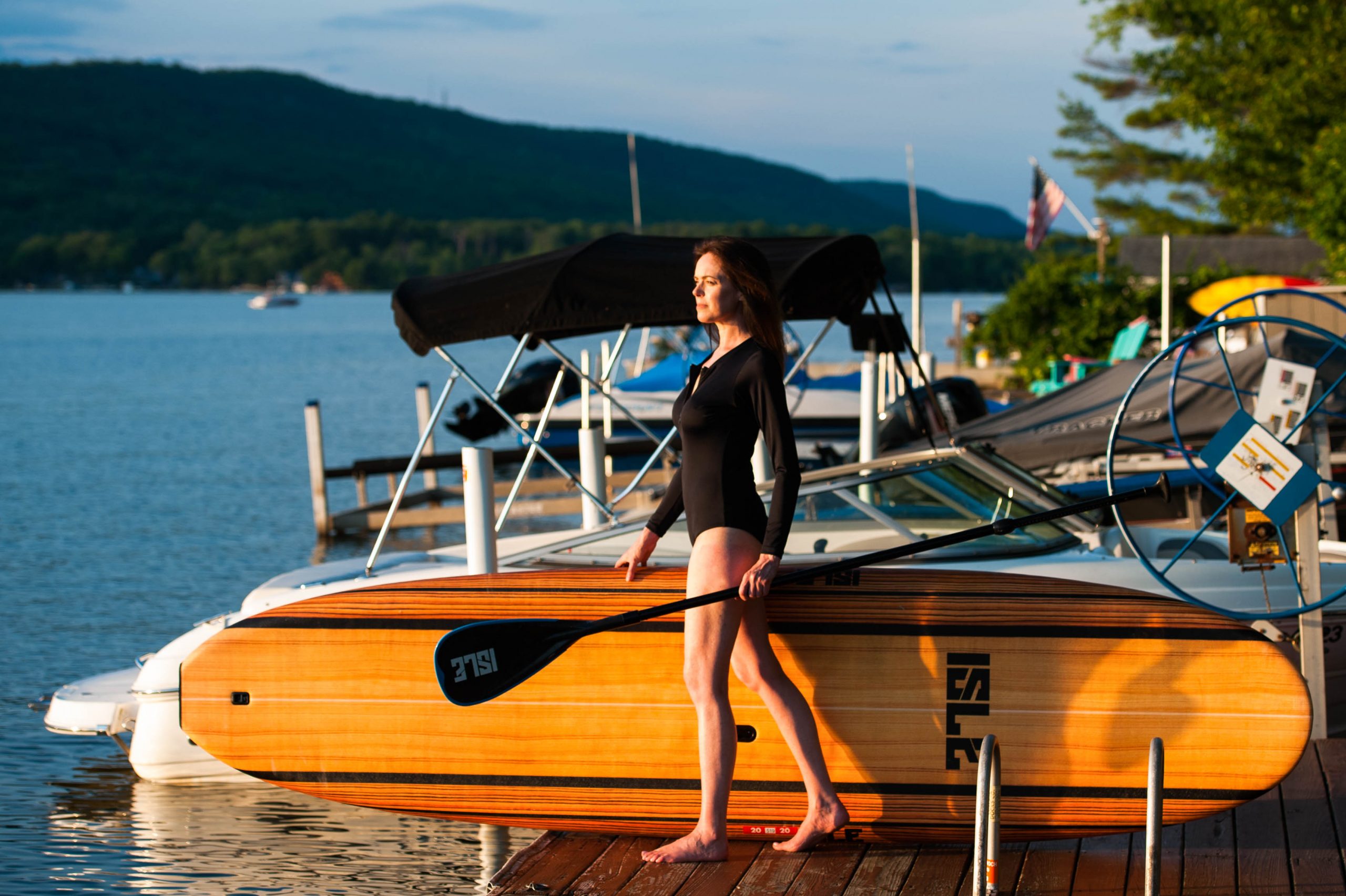
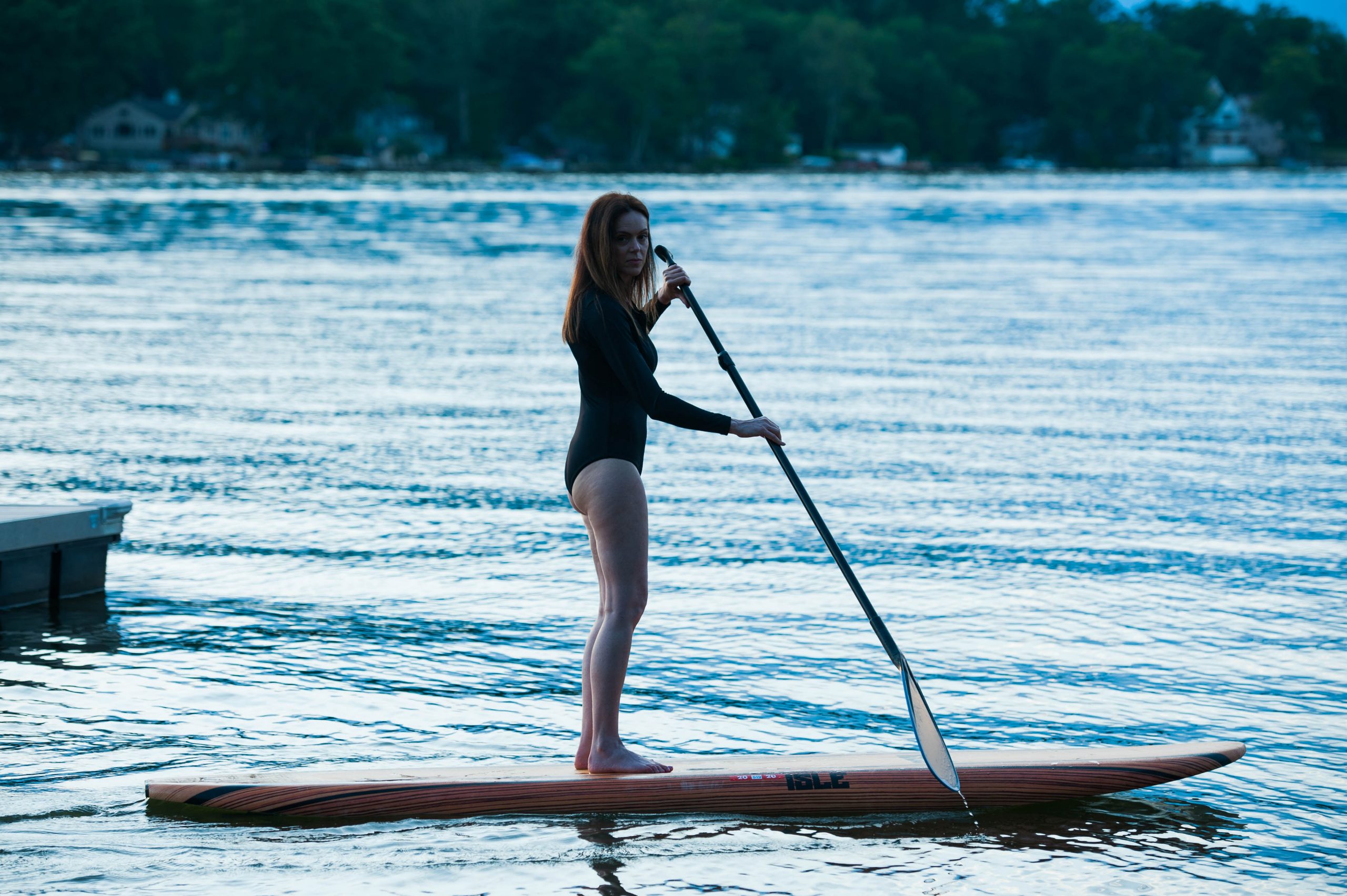

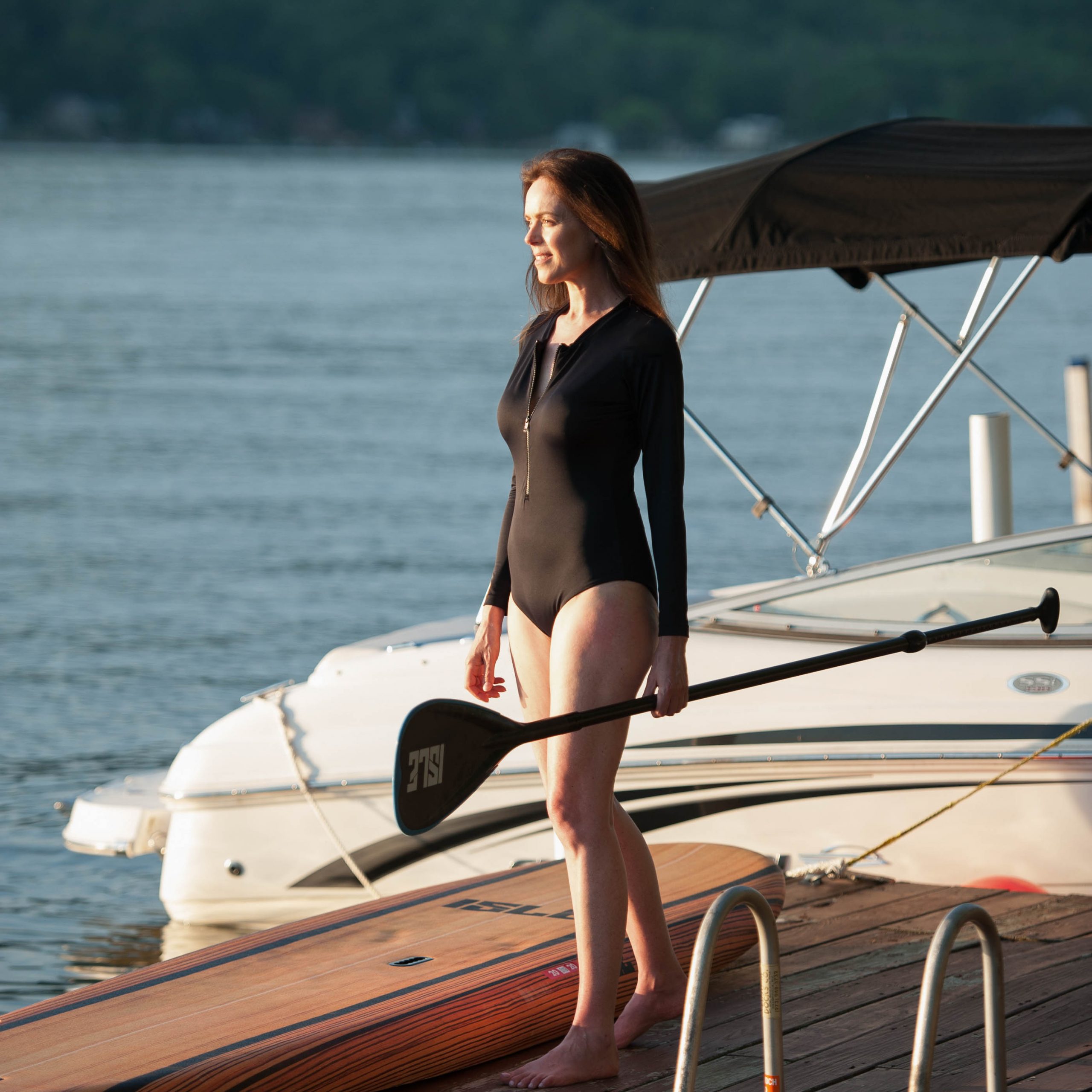
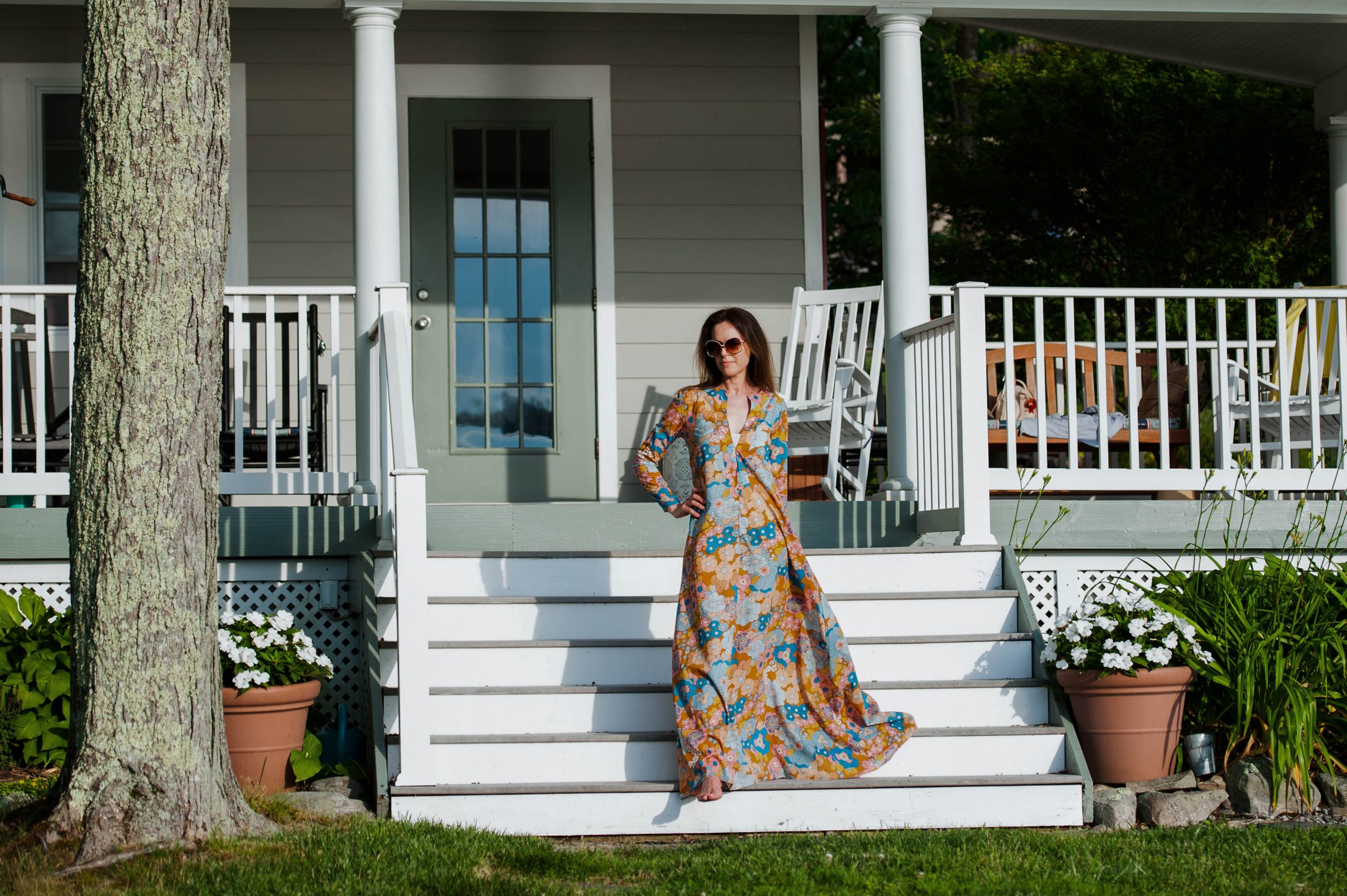
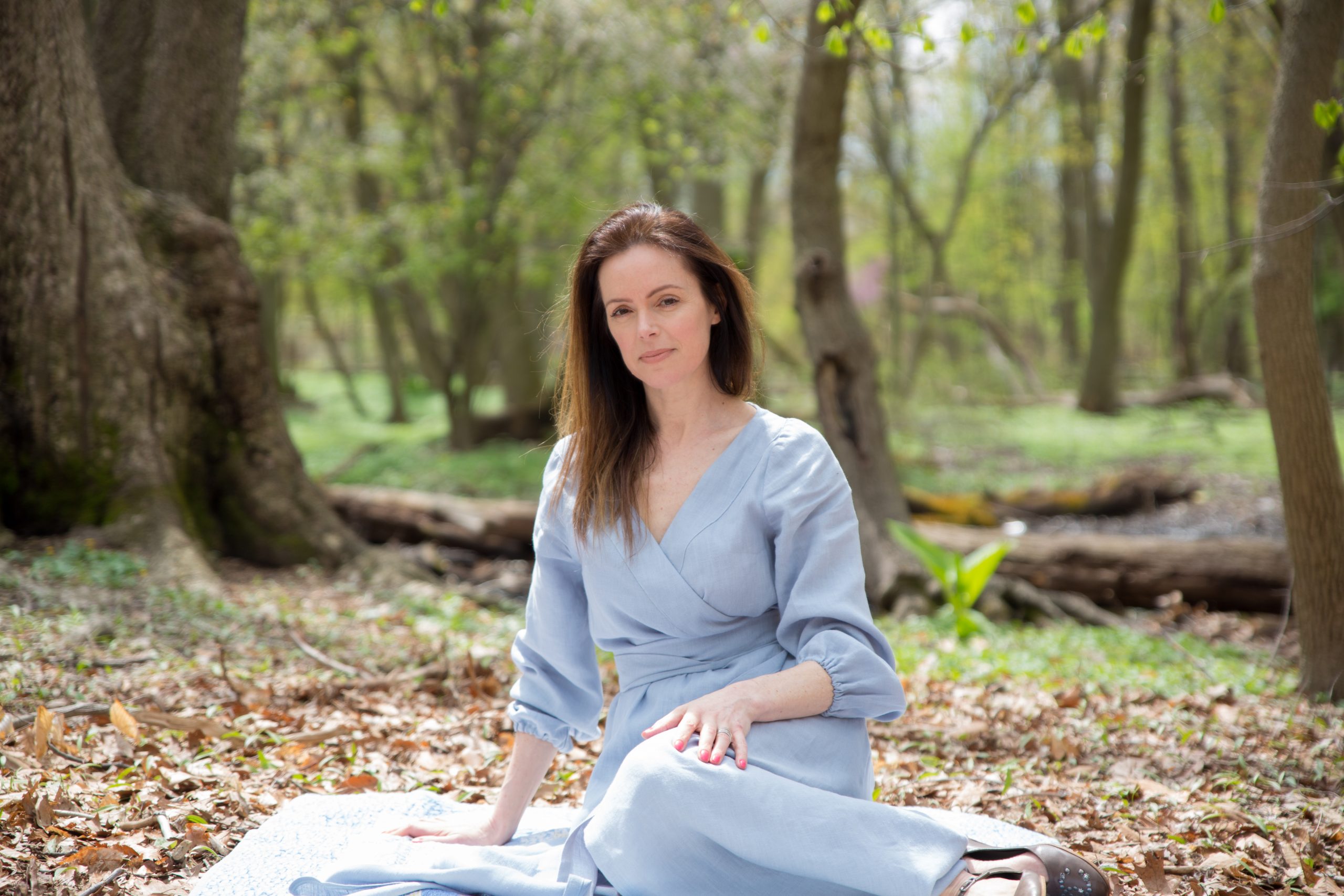
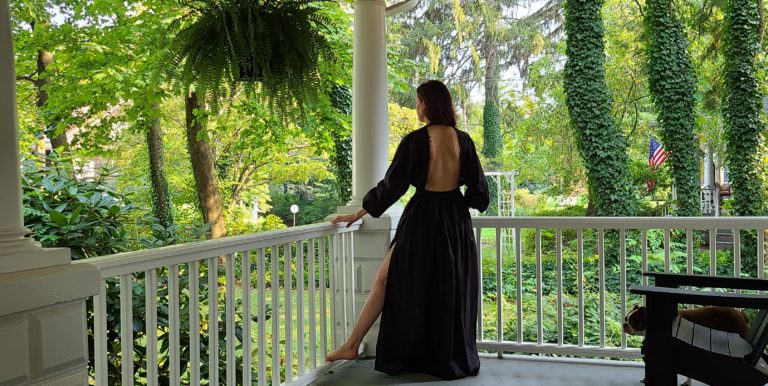
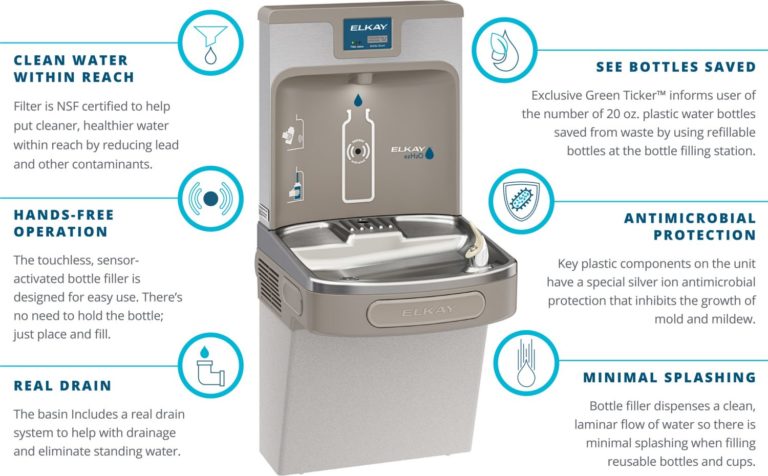
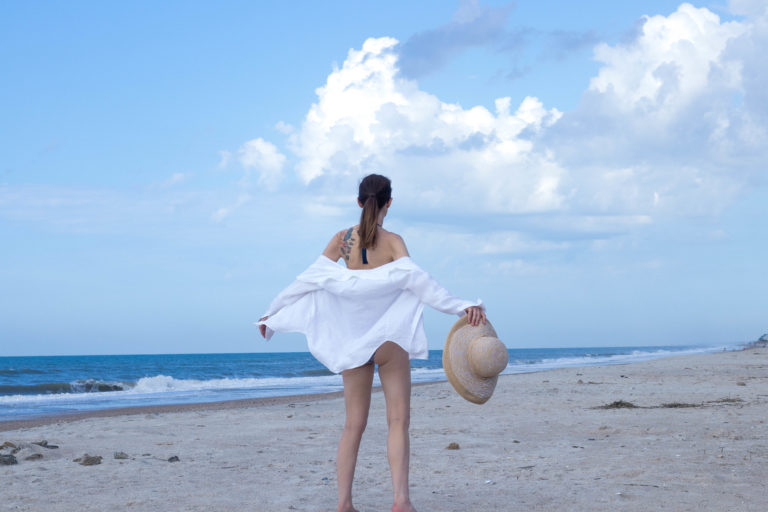
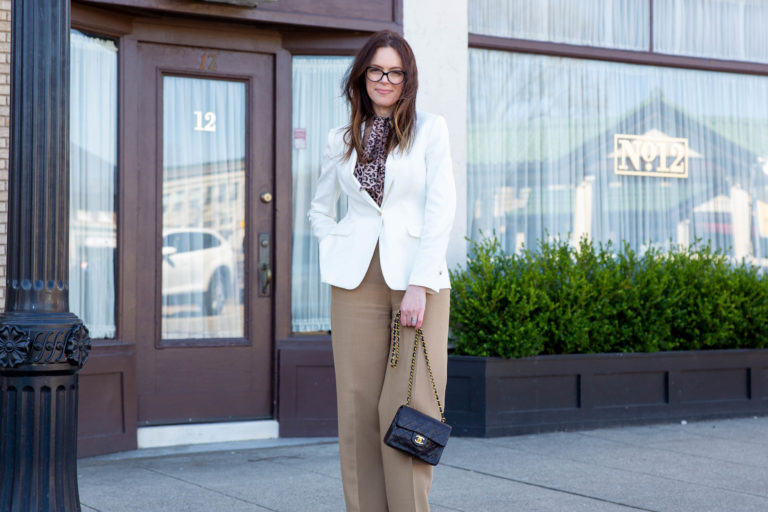
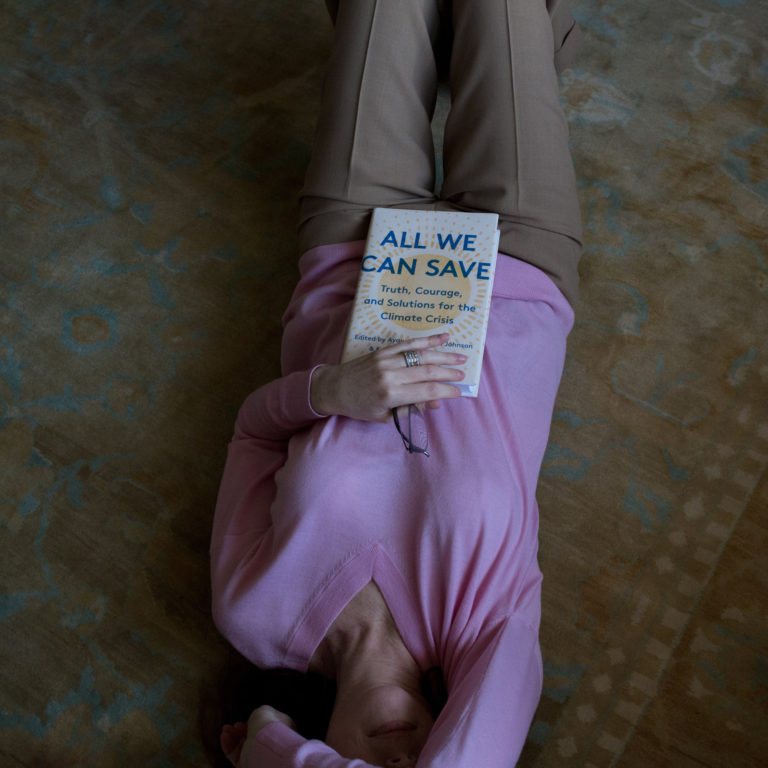
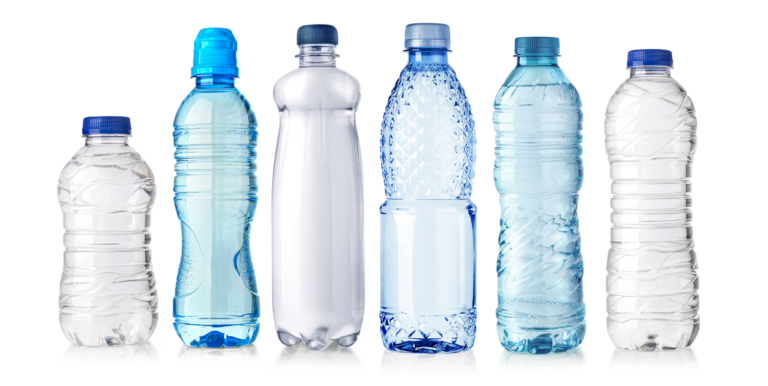
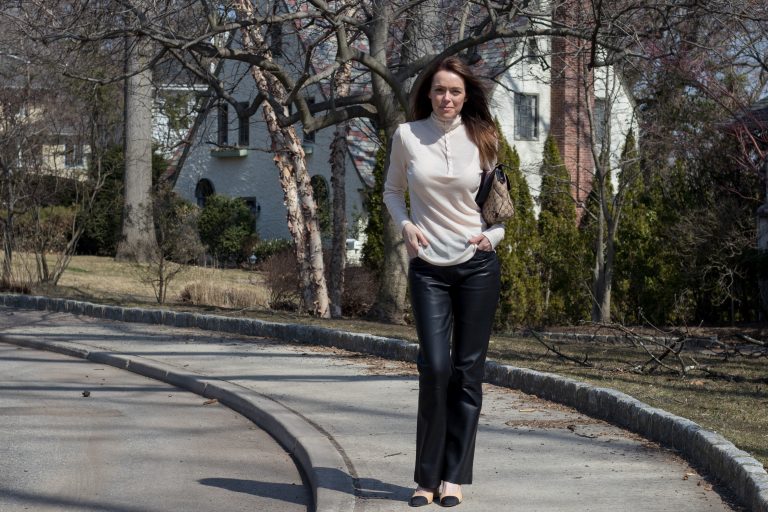
Comments ( 4 )
Lisa the Sequinist
Excellent post, as always Michelle. I’m checking out all of your links.
One site that I can gladly recommend from the UK is https://uk.buymeonce.com/ After disappointment with two sets of everyday water glasses from John Lewis (they chipped at the rim, cracked in the dishwasher, and just looked awful after a few months) I bought some Duralex ones from BuyMeOnce that I’ve literally dropped on our stone patio and they’ve just bounced without even a tiny chip. Now any time I need to make a purchase from boring things like socks for the husband or even kitchen tools, I only look there.
I so agree with you that for clothes, not buying anything at all is the best option, and if you genuinely need something, to honestly consider its provenance is the only way. No fast fashion, ever. I feel lucky that I’ve never relied on shopping to ‘cheer me up’ or to be some twisted form of self-care, but I see a lot of ads and comments that make that point. That’s part of what gets us in and keeps us in this mess
Such beautiful photos of you by the water! xxx
MT
Thanks so much for that recommendation Lisa! I just had a quick look at the site, what a brilliant and simple idea. They have a U.S version too, so I’ll definitely go back for a proper look xxx
Lorna
I love reading and learning about sustainable fashion and aim to do my part to cut down the fast fashion nonsense. I’ve never let them guilt me into not wearing something twice just because it’s cheap. I’ve had 2 pairs of pants from H&M for the past 7 or 8 years and I still wear them because they still look fine. I’ve also stopped buying stuff because it’s on sale and am trying to support the small businesses. Buying one well-known made item that lasts is better than buying a load of junk that doesn’t. I’ve also stopped being stuck-up up about shopping for used clothes because I’ve found some wonderful items that I labsolutely ove.
MT
Hi Lorna, thanks for leaving a comment. It’s so true, buying better quality is the way forward. Only this morning I got a message from my friend with a photo of her youngest son wearing a pair of jeans that I’d handed down to her from my son 8 years ago! Her two older boys had worn them so now this one pair of jeans had gone through 4 kids! And you know what? They looked great!